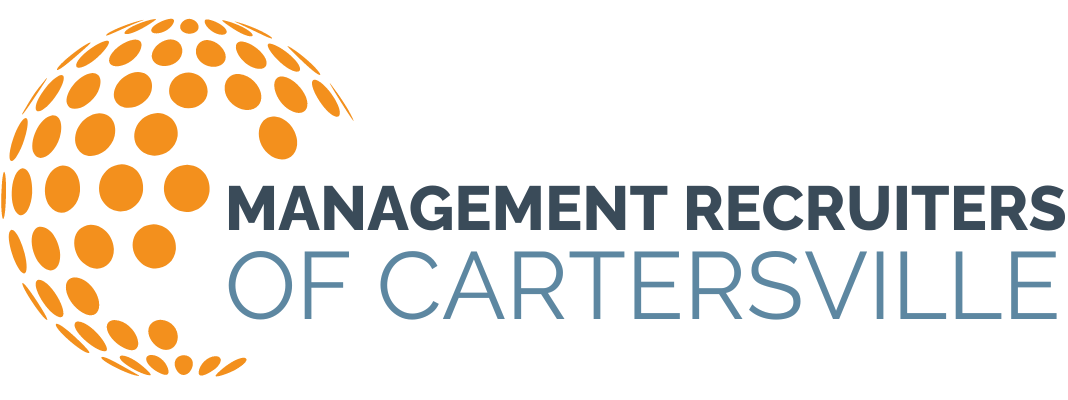Making a Good Hire Remotely
Hiring a new employee remotely can seem like a daunting task to say the least. How can you possibly assess a potential candidate when you can’t read their body language or make proper eye contact over a Zoom call? Even more importantly, how can you determine if they will thrive working in a remote environment, when things are constantly changing?
“Where many organizations are going wrong is in their attempt to copy and paste an in-person experience to a 2D version,” cautions Joe Mullings, Chief Vision Officer at MRI. “Hiring managers are fixated on maintaining their proven interview process, instead of adapting it to the adjustments that today’s World of Work demands.”
Instead of seeing the remote interview process as an obstacle, Mullings suggests viewing it as an opportunity to get creative. “Consider what you, the candidate, and your organization need to get the most out of each interaction and challenge yourself to make the experience positive, unique — even entertaining.”
Mullings, whose own career encompasses more than 30 years in the recruitment industry, offers this advice to help you hire remotely:
Reconsider which skills are critical.
The strengths traditionally known as “soft skills” are absolutely critical according to Mullings. “Never hire an employee who can’t demonstrate empathy, patience, and perseverance,” says Mullings. “These are non-negotiables.”
Mullings suggests that in the rapidly changing world, high-level technical skills are overrated at the expense of human skills. He says that if you prioritize finding candidates who are proven to be passionate team players and fast learners, many of the technical elements will follow. “You can tell a lot about a person just by learning what they’ve done with their life since the first week of March,” he says. “Adjust your stock interview questions to ask them what they’ve learned about themselves and how they’ve grown since the Spring — it can be a great filter to determine their resiliency.”
Test relationships with an interim structure.
“The World of Work has dynamically shifted,” says Mullings. “To no fault of their own, people have been furloughed, unemployed, or underemployed over the past several months.” He suggests making the most of candidates’ appetite for atypical job structures to test their technical and cultural fit, explaining that many are reluctant to sign on for long-term, structured commitments that don’t allow for shifted responsibilities such as full-time parenting.
This newfound flexibility can pose a benefit to both parties. “One of the best ways to ensure a candidate is a good long-term hire, is to begin the relationship on a per-project basis,” he says. “Consider an interim-to-perm relationship that enables both parties to test the fit before committing to something longer term.”
Enhance the candidate experience.
Zoom exhaustion is a very real thing. “While virtual meetings are bridging a gap, they don’t make up for the unspoken communication that takes place during in-person meetings,” reminds Mullings. He recommends trying to find a way to learn more about the person than just through a two-dimensional Q&A-style interview and offers two specific tactics to try out:
- Providing downtime in the interview process. “Consider sharing a video, presenting a PowerPoint, or flipping through photos that allow the candidate to preview your corporate culture,” he suggests. “This gives both of you a break so you don’t get worn down from staring at each other on a screen.”
- Making video interactions more dynamic. Keep in mind that not everything has to happen while you’re sitting at your workstation. “FaceTime a candidate to take them through a virtual tour of your facility. Or, if you’re both working from home, suggest that you both take the call while you walk around your respective neighborhoods to create a more casual and conversational environment. It can help to make things feel less clinical.”
A final word of caution from Mullings: Maintain your hiring standards. “Just because the hiring process is different doesn’t mean you can sacrifice new hire quality,” he states. “Take the standard vetting steps as usual and adapt your approach when necessary.” Mullings emphasizes that you’re not just hiring for today. “You want candidates who thrive while working remotely but who can adapt to the new World of Work if and when there’s a return to the office.”
